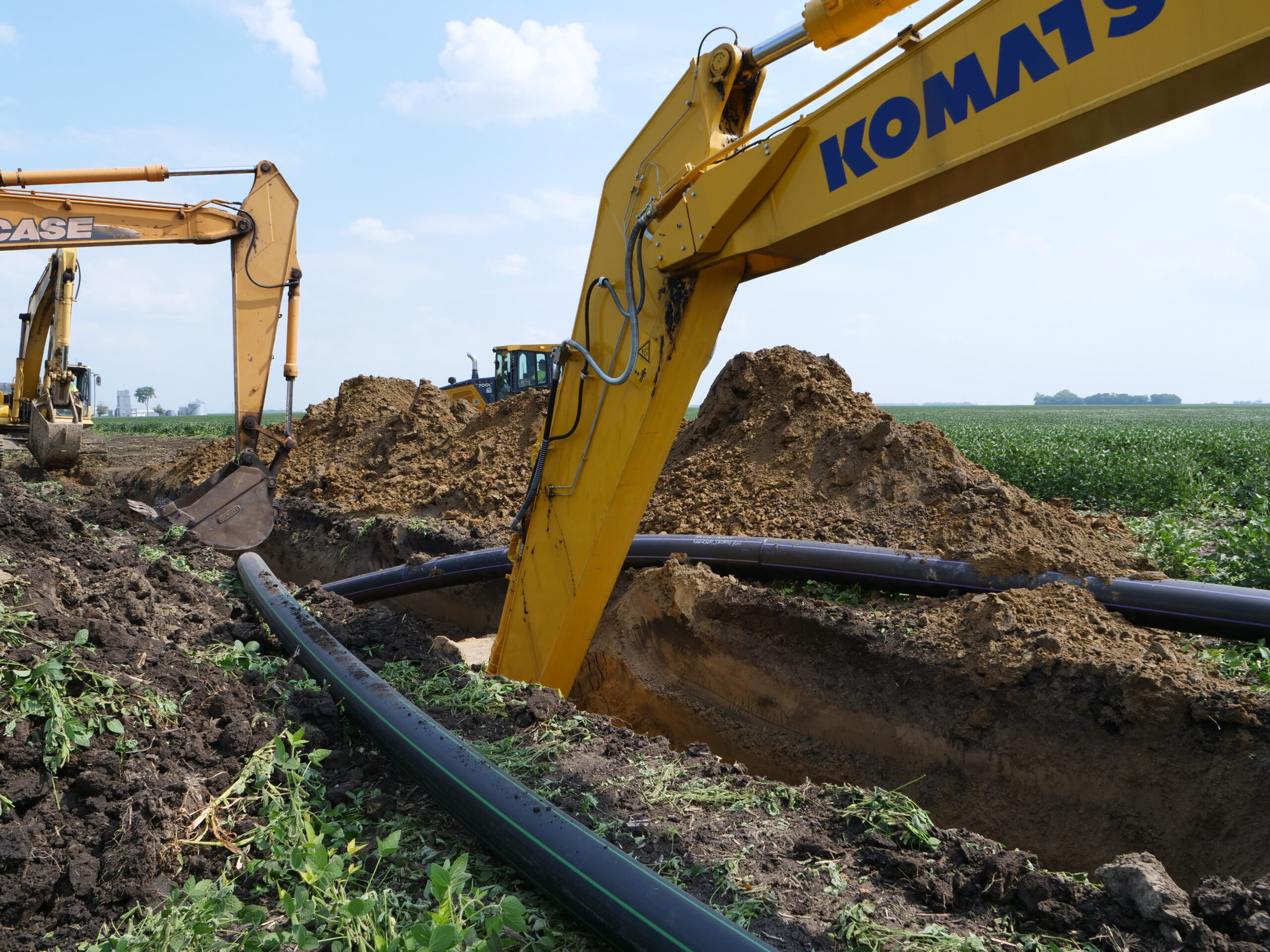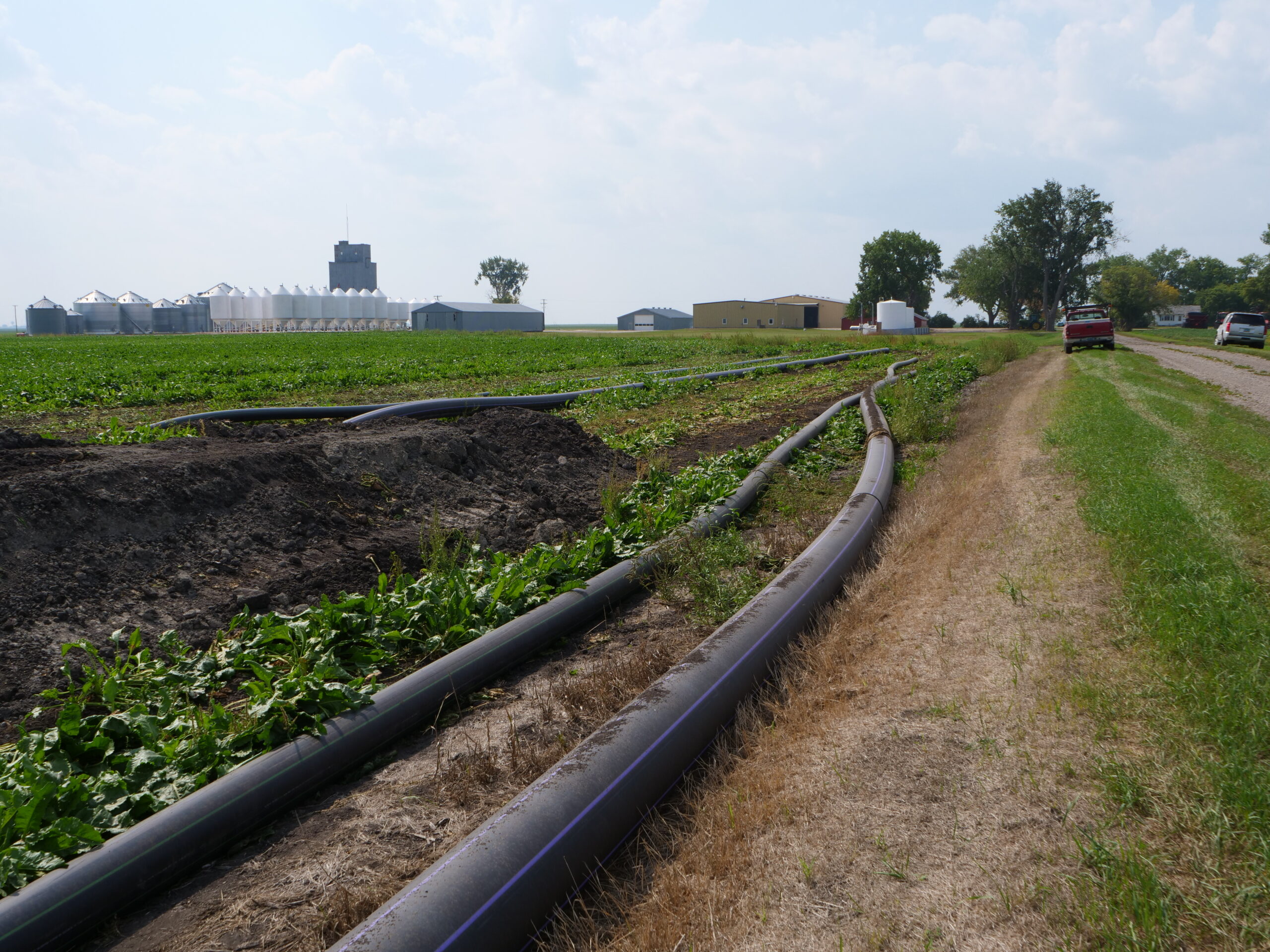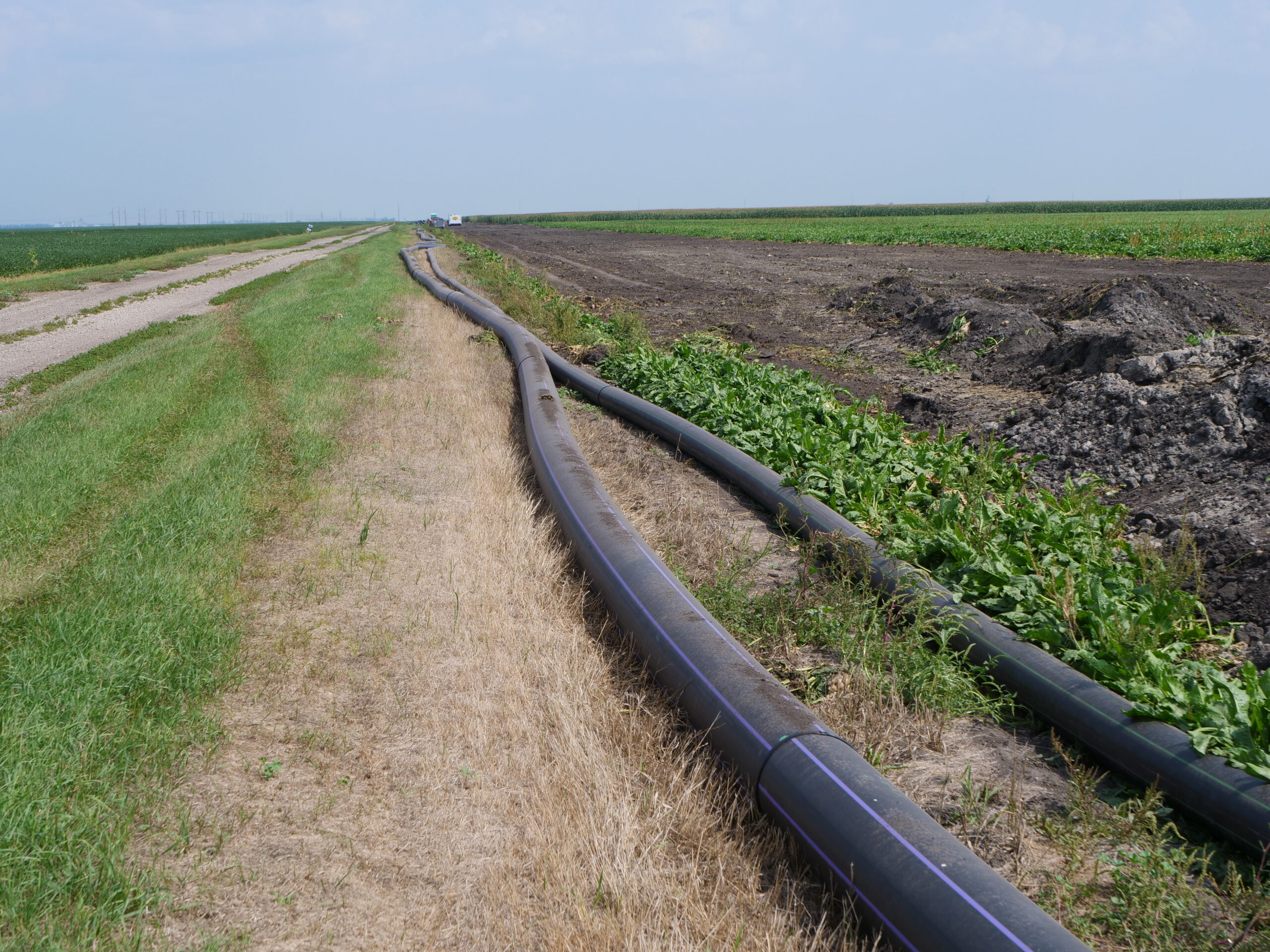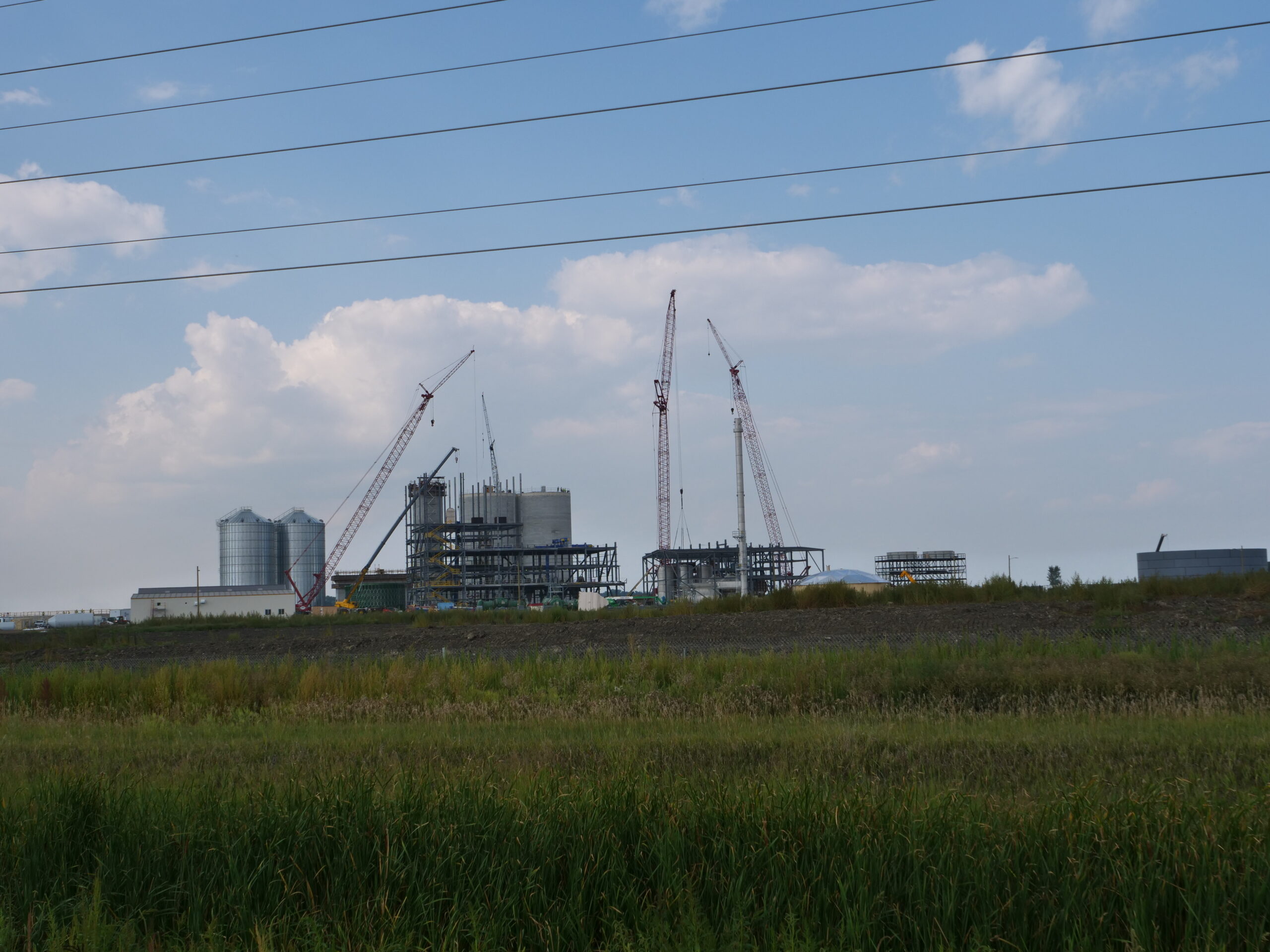Background
Nudge west of Fargo, North Dakota on Interstate 94 and you roll past the town of Casselton.
It’s not quite blink and you miss it, but with the 75 MPH speed limit on I-94, it doesn't take much effort not to notice the hamlet of not quite 2,500.
Casselton was home to the Casselton Can Pile from 1933-2012. Constructed of thousands of Sinclair oil cans - the world's largest oil can free standing structure at 45-feet tall, it became a tourist attraction.
But sadly, a can't miss stop in Casselton has been lacking since the unfortunate demise of the legendary can pile.
Until now.
In the summer of 2022, the North Dakota Soybean Processors (NDSP) in a joint venture formed by CGB Enterprises, Inc. (CGB) and Minnesota Soybean Processors (MnSP) broke ground on a $400 million soybean crushing plant in Casselton.
It doesn't have the kitsch of the pile of cans, but I think in the long run the benefits of the plant will far outweigh what turned into a nesting site for sparrows.
Cass County is one of the top soybean producing counties in the U.S., and North Dakota was the only top 10 soybean producing state without a crushing facility.
The plant allows a pivot from exporting raw commodities out of state for processing, reduces transportation costs, moves profits on to the farmers, creates jobs and boosts economic growth activity which includes tax revenues which can be reinvested into the local infrastructure.
Three byproducts will result from the crushing process; soybean hull pellets, which is a cost-effective feed for cattle in the dairy industry, soybean meal which is used to feed livestock of many varieties and pet food as well as soy flour and soy milks, and soybean oil, a traded commodity which can be used for cooking, as an ingredient in paints and insect repellants as well as the burgeoning development of alternative biofuels.
In the first year of the plant, it is expected to crush 42.5 million bushels of soybeans.
That hill of beans would most certainly be taller than the stack of oil cans.
Solution
So where does ISCO and high-density polyethylene pipe fit in you ask?
Water.
A LOT of high-quality, sustainable water transport.
Without getting too technical, the boiler and cooling towers in the new plant require water to aid in the crushing and production process.
A new water treatment plant is being constructed at Fargo Regional Wastewater Reclamation Facility to treat wastewater for the North Dakota Soybean Processors plant in Casselton. It is a similar arrangement to one that was established in 2008 with the Tharaldson Ethanol plant.
But you may recall that you have to nudge west from Fargo to Casselton.
In fact, if the Summer Olympic Games were held in Fargo, the world's elite athletes could run the marathon along the dual HDPE pipeline that will traverse its way to the plant for 26.2 miles or more.
Five miles through Fargo's city limits, a 12-inch line will head west where it will meet up with and join an 8-inch return line of PE pipe. The 12-inch line will convey 375 gallons per minute to Casselton initially - a number that could grow to 570 gallons per minute.
I told you it was a lot of water.
The 8-inch HDPE piping system will move about 250 gallons of wastewater per minute from the plant and divert at the city limits to the Fargo wastewater treatment complex.
It will evolve into what is believed to be the largest rural water pipeline in North Dakota.
And like any project, it wasn't without challenges.
50 Miles of HDPE
ISCO worked closely with the general contractor on this project - Abbott, Arne, Schwindt, Inc., a family-run industry leader since 1955 to meet these challenges.
A particularly wet winter and late spring made for some muddy tracts of land the pipeline would be required to traverse, and navigating these country roads and conditions with the 92 semi-loads of HDPE water line pipe slowed the early progress of the project.
Like any project that traverses numerous miles like this one, easement negotiations were numerous.
And despite the lack of relief in the landscape of soybean, corn and sugar beet fields, there were still countless obstacles like roads and railroad tracks that forced directional drilling instead of the typical trenched installation.
The most prominent example was the developing multi-billion-dollar Fargo-Moorhead Canal that required a directional drilling bore of more than 1600 feet.
While the Casselton Can Pile has sadly been reduced to the Can't Pile, the new landmark - expected to be fully operational by 2024, is assured to have an impact and legacy that will continue to be felt in North Dakota and Minnesota for decades to come.
And over 50 miles of HDPE courtesy of ISCO is helping to make that possible.
Next time you nudge west of Fargo on I-94, glance out the window of your vehicle to the north and envision the marathon of dual HDPE pipelines running parallel to your journey that are conveying millions of gallons of water.
SUBSCRIBE TO ISCO UPDATES
ISCO Updates
[gravityform id="21" title="true"]





